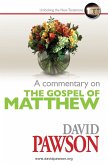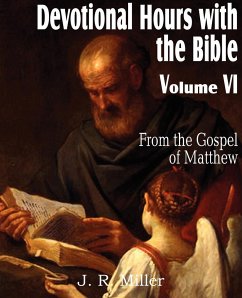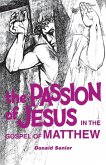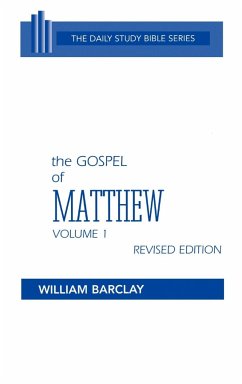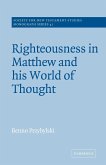After having written a commentary on the Gospel of Mark, which was the first gospel written around 70 A.D., Mr. Jungers has turned his attention to the Gospel of Matthew, the second Gospel, written around 80 A.D. Matthew's Gospel is often called "The Jewish Gospel" because it is more Jewish in tone than the other three. The community for whom Matthew wrote was largely (though not exclusively) Jewish-Christian. For such an audience, Matthew could use Jewish rhetoric and themes without explanation. But, this is not the case for Americans and others who read Matthew today. They need, (and this small commentary may help), some interpretation so they can understand the meaning of the stories, as the Jewish Christians did some 2,000 years ago. Thus the Gospel of Matthew is a Jewish text about Christianity-Jewish in its conceptual assumptions, in its sociological settings, and in its theological message. Mr. Jungers tries to state in this little book what each text might have meant to Matthew's readers in the late first-century community for whom he wrote.
Hinweis: Dieser Artikel kann nur an eine deutsche Lieferadresse ausgeliefert werden.
Hinweis: Dieser Artikel kann nur an eine deutsche Lieferadresse ausgeliefert werden.


